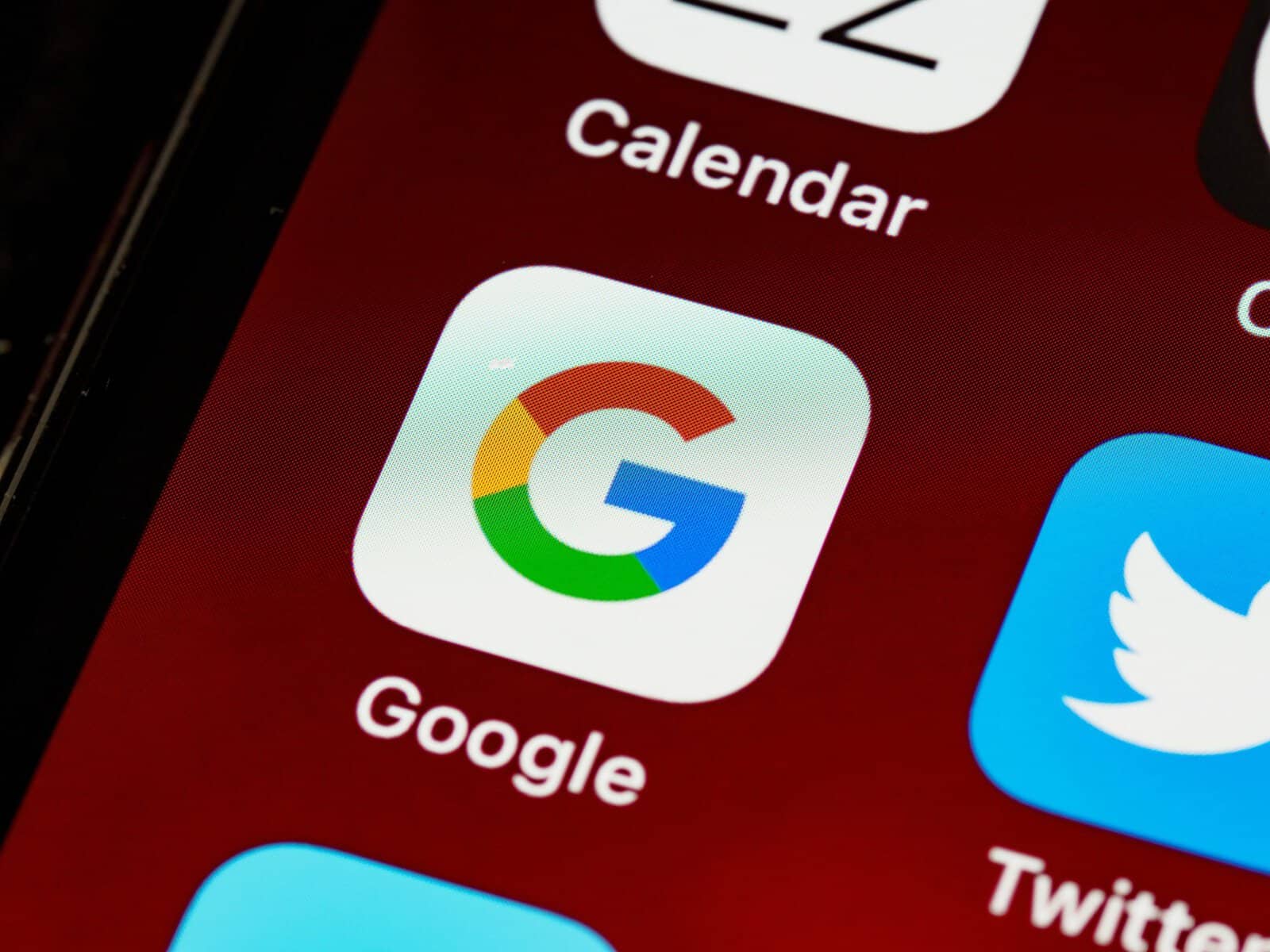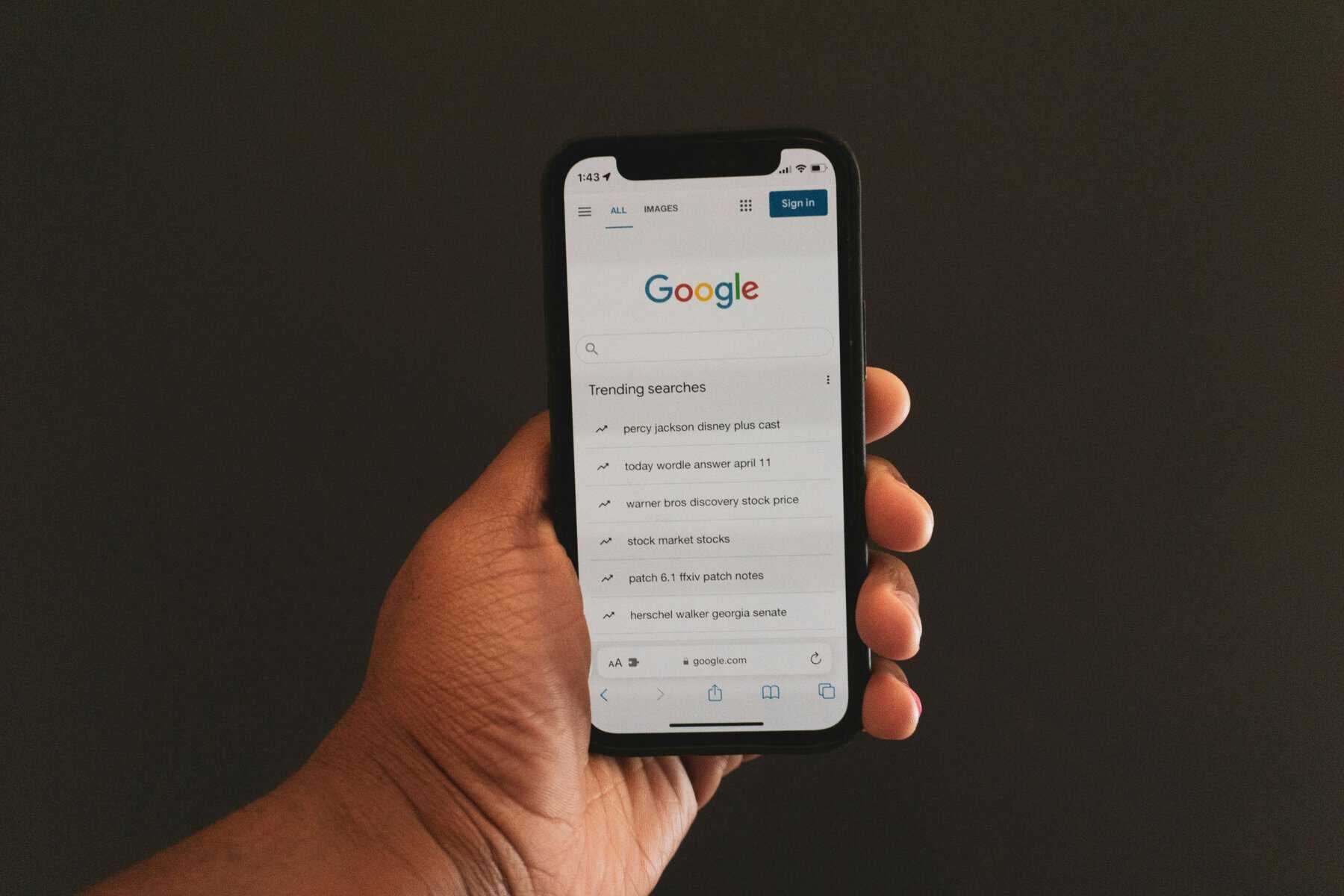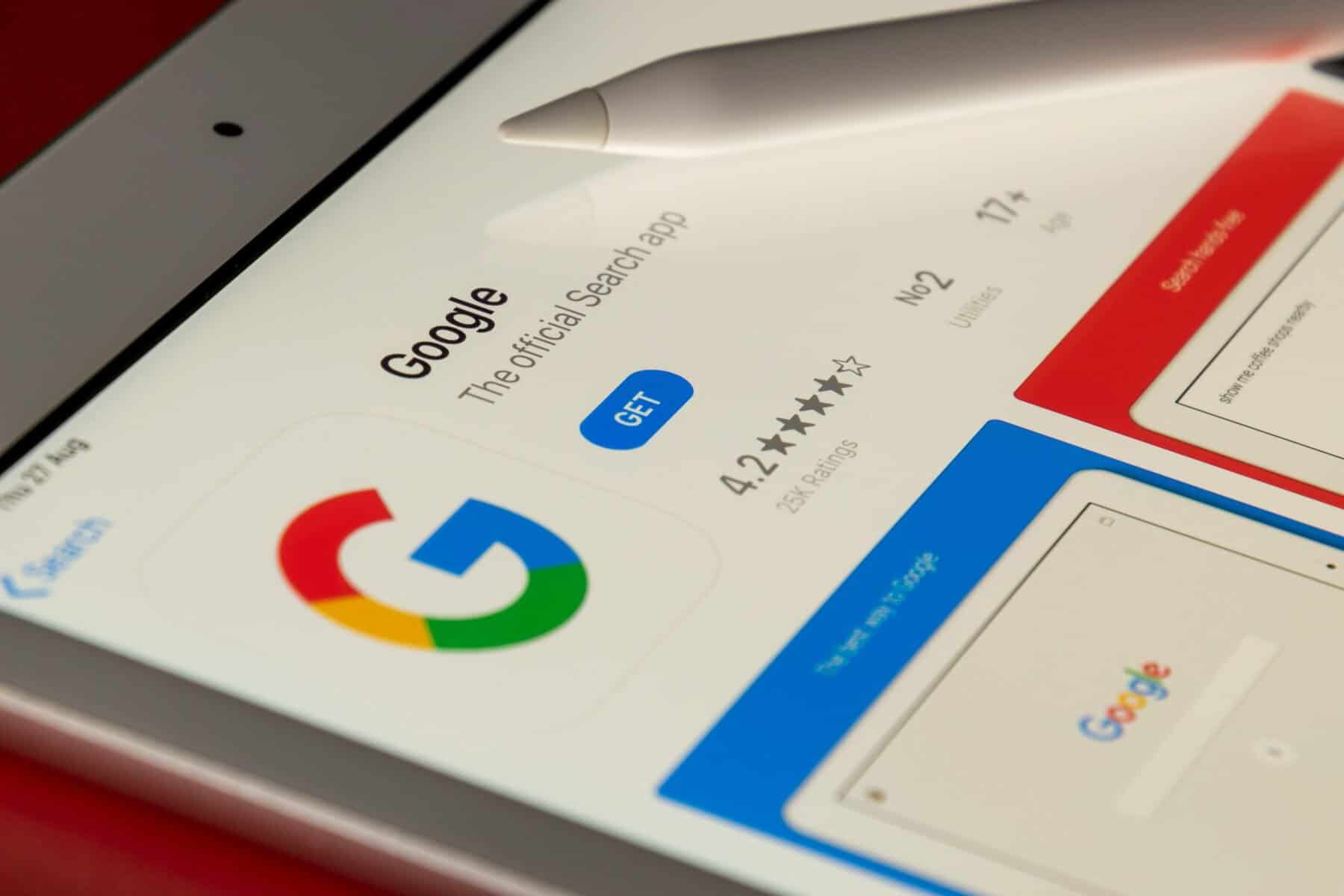In today’s fast-paced digital landscape, the apps on our smartphones often dictate how we interact with the world around us. Among these, Google App stands out as a digital Swiss Army knife—offering everything from voice search to personalized news feeds. But what if you find yourself overwhelmed by its constant notifications or prefer a more streamlined experience? Disabling or enabling the Google App on your Android phone can provide you with greater control over your device and tailor it to suit your needs.
Whether you're looking to declutter your home screen or simply wish to reintroduce this versatile tool back into your daily routine, understanding how to manage the Google App is essential. In this article, we’ll guide you through simple steps that will empower you to customize your Android experience, ensuring that every swipe and tap works in harmony with your lifestyle. Let's dive into the nuances of toggling this app on and off, so you can reclaim control over what powers up your smartphone experience!
What is the Google App?
The Google App serves as a hub for accessing the myriad features and services offered by Google, all conveniently housed in one location on your Android device. It's more than just a search tool; it employs advanced AI to personalize your experience, providing recommendations based on your interests, past searches, and even current events. Imagine having an assistant that not only understands what you're looking for but anticipates your needs—from the latest news articles tailored to suit your preferences to instant answers to quirky trivia questions.
A standout aspect of the Google App is its integration with voice commands through Google Assistant. This functionality transforms how we interact with our devices—allowing hands-free operations while driving or multitasking. Furthermore, it makes staying updated easier than ever with customizable feed options that bring relevant content directly to you, enhancing both productivity and entertainment without sifting through countless applications. The fluidity of this app reflects Google's commitment to seamless connectivity in our increasingly digital lives while emphasizing user convenience and interaction efficiency.
 Reasons to Disable the Google App
Reasons to Disable the Google App
Disabling the Google app can lead to significant enhancements in your smartphone experience, particularly for users seeking a more streamlined interface. Many find themselves overwhelmed by the constant notifications and updates from apps they seldom use. By disabling the Google app, you reclaim control over your device’s functionality, removing distractions that can interfere with productivity or personal focus.
Additionally, privacy-conscious individuals may appreciate the reduction of data collected by Google when this app is inactive. The Google app has a penchant for tracking activity and preferences to personalize content; thus, disabling it can help minimize unwanted data sharing. This step not only enhances your privacy but also curtails battery drain associated with continual background processes related to search functionalities and web activity tracking. In an era where digital footprints matter more than ever, taking charge of what runs on your phone reinforces a sense of security while promoting optimal device performance.
How to Disable the Google App
Disabling the Google App can drastically alter how your Android device operates, providing a cleaner interface with fewer distractions. When you disable this app, you're effectively shutting down its features—such as search suggestions and voice assistant capabilities—freeing up system resources for other applications. This is particularly beneficial for users who prefer alternate search engines or those who wish to minimize data usage.
Additionally, opting to disable the Google App offers a fresh perspective on privacy. With heightened awareness of digital footprints, many users are seeking ways to reclaim their personal data from ubiquitous tech giants. Disabling this app could serve as a first step in embracing a more personalized and independent smartphone experience, allowing you to regain control over what apps run in the background and how much personal information is shared. Whether it's streamlining your home screen or fine-tuning notifications, stepping back from Google's ecosystem can unveil new possibilities tailored to your preferences.
 How to Enable the Google App
How to Enable the Google App
Enabling the Google App on your Android phone is a straightforward process that can unlock a world of personalized features and seamless integration with Google's ecosystem. To start, simply locate the app in your app drawer; it may be listed as Google. If you don't see it, navigate to your device's settings. From there, tap on Apps, search for the Google app, and ensure it’s not disabled. Once you've confirmed its status, just hit the toggle button to enable it.
What makes enabling the Google App truly worthwhile is its ability to transform mundane tasks into intelligent interactions. With features like voice search and personalized news updates based on your interests, this app elevates your smartphone experience beyond traditional applications. You'll find that once enabled, simple commands like “Hey Google” can initiate actions from sending texts to finding nearby restaurants—all via intuitive voice recognition. Furthermore, don’t forget to customize how you receive notifications; tailoring these alerts ensures you remain updated without feeling overwhelmed by constant pings. Embracing such personalization not only enhances productivity but also makes daily life more enjoyable!
Impact on Device Functionality
Disabling the Google App on your Android device can have nuanced effects on its overall functionality, often surprising users who primarily rely on seamless integration with Google services. For instance, many may not realize that disabling the app can lead to a decrease in personalized recommendations and search capabilities. Users who enjoy tailored news updates or local event suggestions might find these features significantly diminished, leading to a less engaging user experience.
Moreover, without the Google App actively running in the background, certain voice command functionalities could be hampered. Features like Assistant calling for hands-free help become less efficient when their parent app is disabled. This change can create a disconnect for those who frequently use voice commands for quick navigation or information retrieval—an inconvenience that might compel users to rethink their decision. Consequently, while one may seek increased privacy or reduced resource consumption by disabling the app, it’s essential to weigh these benefits against potential limitations in personalized interaction and ease of access to information.
 Alternative Apps for Google Services
Alternative Apps for Google Services
In an age where data privacy is increasingly at the forefront of users' concerns, many are exploring alternative apps that can effectively replace Google services while providing enhanced features and more control over personal information. For instance, instead of Google Drive for cloud storage, consider adopting Nextcloud or pCloud. These platforms not only give you generous storage options but also ensure that your files remain encrypted and securely accessible only by you.
For those accustomed to Google's search engine, DuckDuckGo is a refreshing alternative that emphasizes user privacy by not tracking your searches or storing any personal data. Its commitment to anonymity allows users to explore the web without leaving behind a digital trail. Similarly, if email services like Gmail have left you feeling uneasy about data harvesting, ProtonMail offers a secure and user-friendly experience with end-to-end encryption designed for confidentiality. As we move away from single-entity ecosystems like Google’s, embracing these alternatives can empower us to reclaim control over our digital lives while benefiting from robust functionalities tailored for peace of mind and productivity.
Conclusion: Making Informed Choices
As you navigate the decision to disable or enable the Google App on your Android phone, it's essential to weigh your personal needs against the potential trade-offs. For some users, having an ever-present digital assistant can streamline daily tasks and enhance connectivity, making life more convenient. However, for those seeking greater privacy, reducing app interactions with your personal information may lead to a more secure experience while using your device.
Making informed choices involves considering not just immediate benefits but also how these decisions affect your overall digital footprint. Explore alternatives that offer similar functionalities without compromising control over data. Remember that technology is customizable; finding what works best for you is important in curating a personalized smartphone experience focused on comfort and security. Ultimately, whether you decide to maintain or remove the Google App from your settings should align with both lifestyle preferences and broader values regarding privacy and user autonomy.



